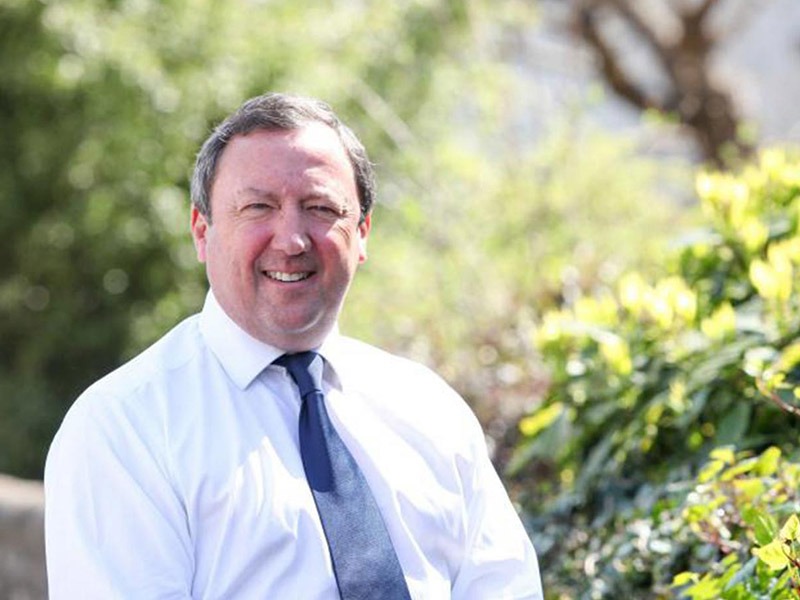I have long advocated using private limited companies as personal investment vehicles but changes to the dividend tax rates in April 2016 and April 2022, and the reductions in the amount of exempt dividends from April 2018 and April 2023 (and further in April 2024), have prompted a number of questions from my clients.
The accumulated reserves of limited companies can be used as a “pension pot” whereby the owners draw out the reserves as dividends and prior to 6 April 2016, if they were not higher rate taxpayers, there would be no tax to pay on those withdrawals. This arrangement particularly suits owners who, for example, have stopped trading due to retirement and over the trading life of the company have built up the company reserves which they now want to draw out to provide or supplement their retirement income. Sometimes the reserves are all in cash or may have been invested in property, shares or other types of investments. Once the spare cash has been used up on dividends, then the other assets would need to be liquidated in order to maintain the income stream for the owners.
In the 2022 Autumn Statement, HMRC introduced changes to the way in which dividends are taxed so that in each tax year, only the first £1,000 per person (down from £2,000) is tax free for 2023/24, with a further reduction to £500 from 6 April 2024. Any further dividends which are taxable at the basic rate have, since 6 April 2022, suffered tax at 8.75% (up from 7.5%). Dividends which fall into the higher rate of tax are now taxed at 33.75% (up from £32.5% since April 2022) and for those whose incomes exceed £125,140 (down from £150,000 since April 2023), the dividend tax rate is now 39.35% (up from 38.1% since April 2022). Prior to 2016, the dividend rates for basic/higher/additional rate taxpayers were nil, 25% and 30.1% respectively so the tax payable on dividends has been increased from all angles in the intervening 8 years irrespective of the level of the individual taxpayer’s income.
The question, therefore, is whether this arrangement is still worthwhile?
The answer in my opinion is yes because the process of accumulating profits during the trading life of the company and subsequently using that profit to provide an income for the owners, often over many years, is still a tax efficient arrangement, particularly for smaller companies with taxable profits of less than £50,000 per annum which are still subject to the lower 19% corporation tax rate, as opposed to the standard rate of 25% which has applied to larger company profits since April 2023. If the profits are drawn out as they arise, and then saved by the shareholders personally, this can often lead to larger tax bills due to the loss of personal allowances and other benefits (such as child benefit). On the other hand, if the company is used as the savings pot, the money can be drawn out at a time when the shareholders are likely to require a lower income (for example because the mortgage has been paid off or children have left home) and therefore, those dividends may not be subject to higher rates of tax.
The introduction of the increased dividend tax rates is of course, an unwelcome development for the owners of private limited companies and while it leads to increased tax bills, the principle still holds good.
Author: Paul Feist, Managing Director, Plus Accounting
If you would like further information on Personal Investment Companies, please contact Paul Feist on paulf@plusaccounting.co.uk or 01273 701200.
The views which are expressed here are those of the author and are for guidance purposes only. Specific advice should be taken before taking any action.
Date Published: 30 August 2016
Last Updated: 04 January 2024


